Celebrity Biographies
10 Things You Do Not Know were Invented By Nigerians

An invention transforms creative ideas into useful applications by combining resources in new or unusual ways to provide value to society. Inventions ensure that people can adapt to changes or utilize new tools or mechanisms by creating better products or services, positively impacting their environment. It is the catalyst for the growth and success of any society. Nigerians are known for their resilience, and determination skills. Nigerians have also made great strides in the field of innovation and inventions that have made the world a slightly better place.
This Article Contains 10 Things invented by Nigerians
1. Philip Emeagwali [Programme for the world’s fastest computer]
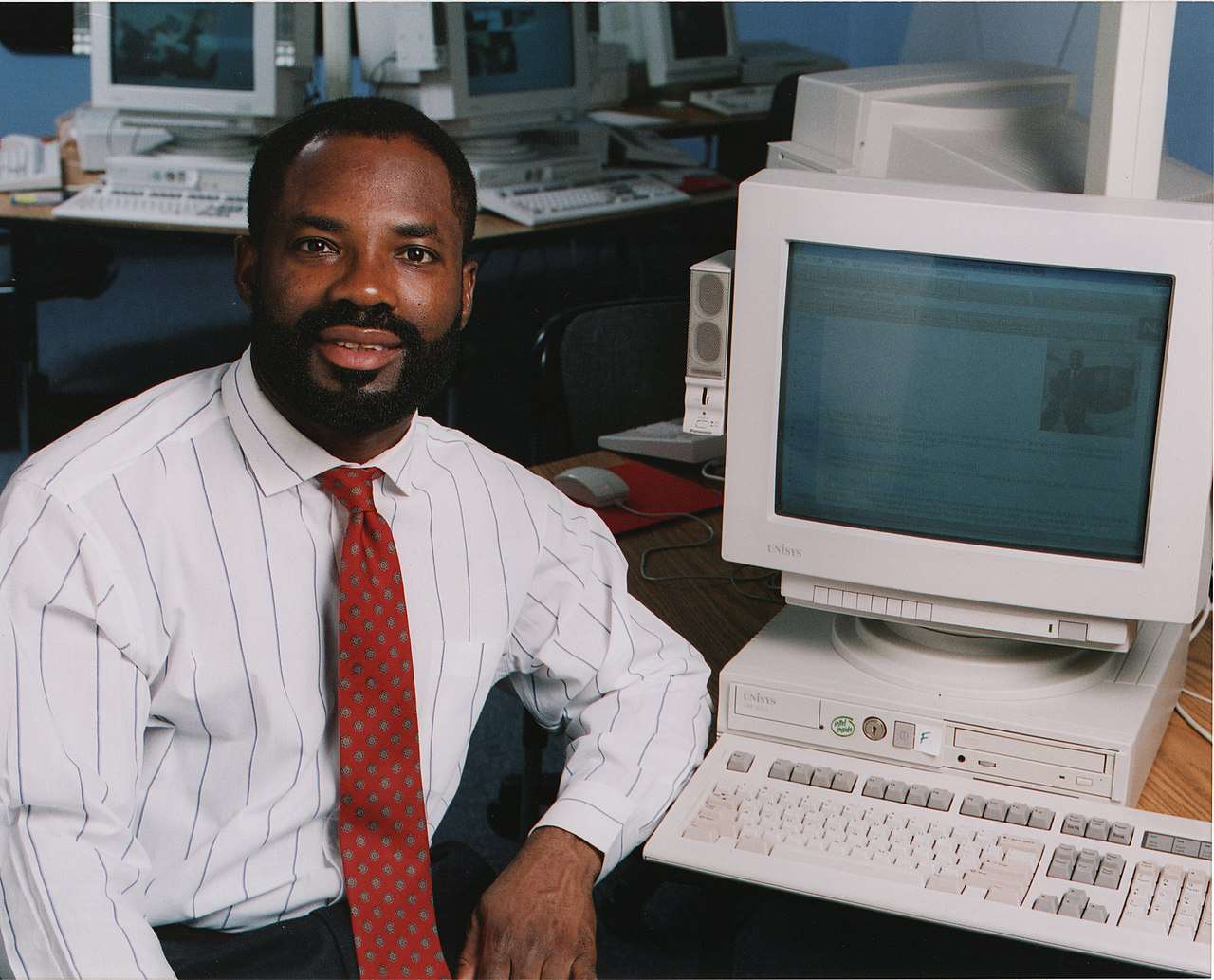
Philip Emeagwali is a computer scientist originally from Nigeria. He traveled on a scholarship to the United States of America, where he has been to make groundbreaking inventions. And 1989 he won the Gordon Bell Prize for price performance in high-performance computing applications.
Emeagwali’s greatest achievement is the innovation of The Connection machine which was a great advancement over previous designs built by IBm’s designer Thomas J. and others. The Connection Machine uses computational fluid dynamics for oil-reservoir modeling. It utilizes 65,000 computer processors linked in parallel to form what is deemed the fastest computer on Earth. This computer can perform 3.1 billion calculations per second, which is faster than the theoretical top speed of the Cray Supercomputer.
Emeagwali has also worked with the Maryland State Highway Administration, the U.S. National Weather Service, the U.S. Bureau of Reclamation, and the University of Michigan, where he conducted his award-winning research.
2.Otu Oviemo Ovadje[Emergency Blood Transfusion System]
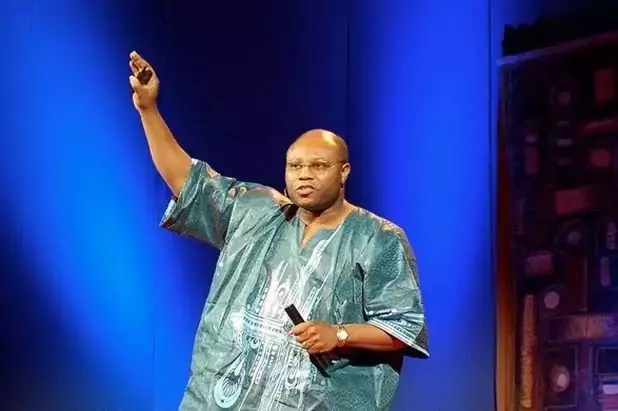
Dr. Felix Otu Oviemo Ovadje is a Nigerian Doctor who served in the Nigerian Army as a Brigadier general consultant Anesthesiologist and an Intensive care Physician. He was declared the Best African Scientist in 1995 before African Heads of State when he won the World Intellectual Property Organisation and Organisation of African Unity Gold Medal for scientific work designed to save women who usually die from abnormal pregnancy (ECTOPIC GESTATION).
Dr Ovadje, who worked as a Chief Consultant Anesthesiologist and an Intensive care Physician in the medical field, invented the Emergency Auto Transfusion Device, better known as the Eatset. The Eatset was a low-cost technological device used to recover blood from a patient’s internal bleeding organs and then reinfuse the blood back into the patient’s blood system. This novel solution works without electricity and forestalls blood loss, especially among pregnant women.
He was then inspired to develop the device after he noticed many women die during the process of internal hemorrhage (bleeding) during pregnancy, especially those affected by a ruptured ectopic pregnancy. The device saved the intraperitoneal blood of 12 patients as presented at the World Congress of the International Committee of Military Medicine (ICMM) in Augsburg, Germany, in June 1994. It became accepted as a globally renowned medical invention as it was published in the journal of the ICMM in 1995.
3.Ume Ifeanyi Charles[Various Electrical Devices]
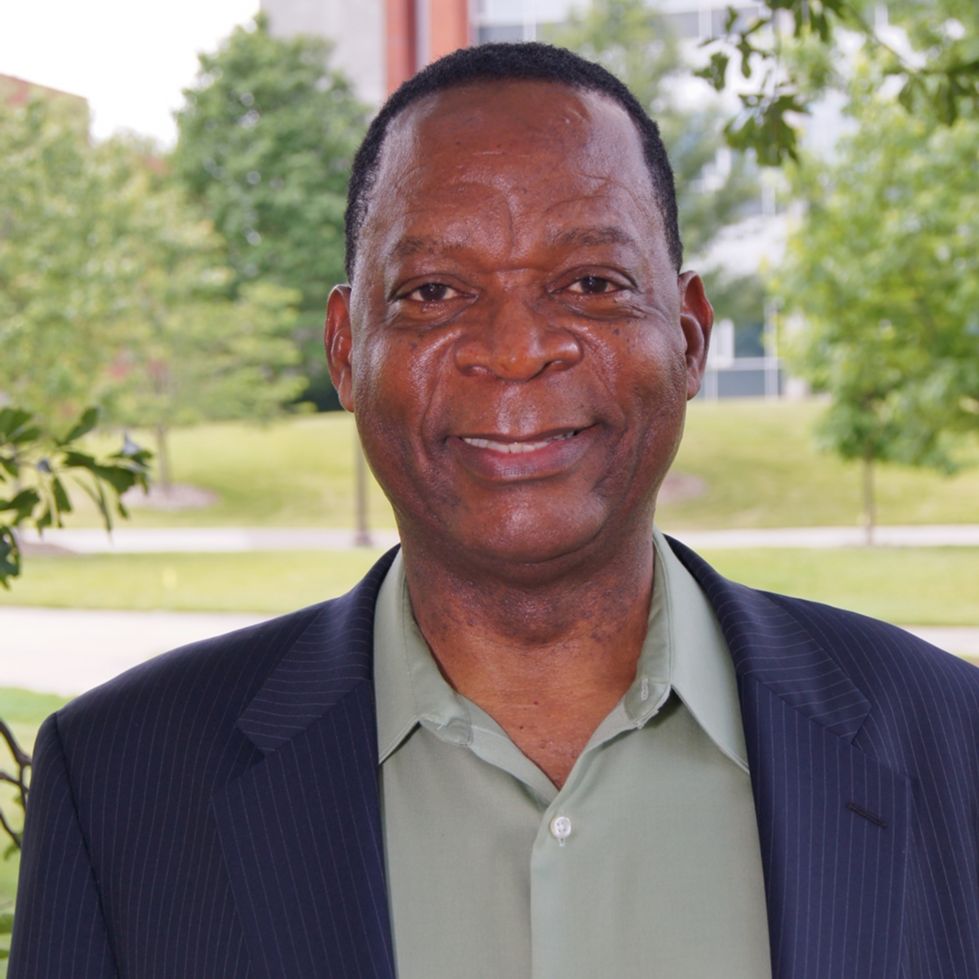
Dr. Ume was a Nigerian Professor of Mechanical Engineering and the Director of the Advanced Electronic Packaging and Laser Processing Laboratory at the Georgia Institute of Technology. He was an active researcher and instructor in both the areas of manufacturing and mechatronics. His research accomplishments were many, and he was well-regarded both nationally as well as internationally for his work.
Dr Ume before his demise, His seminal contributions helped to define innovative inspection and test methods that improved the reliability of microelectronic packages. This research led him to found a company AkroMetrix, LLC in in1993 where he was the chairman of the board. This company focuses on developing systems to measure the wrapage of microelectronic packages manufactured by the semiconductor industry.
The list of Electrical devices invented by Dr Ume includes;
- Method and Apparatus for Measuring Thermally Induced Warpage in Printed Wiring Boards Using Shadow Moir, United States Patent No. 5601364, Feb. 11, 1997
- Method and Apparatus for Measuring Thermal Warpage Using Projection Moir, United States Patent No. 6564166 B1, May 13, 2003
- Object Inspection Method and System, United States Patent No. 6747268, June 8, 2004;
- Inspection System and Methods, United States Patent No. 7492449, February 17, 2009; and
- Ultrasound Systems and Method for Measuring Weld Penetration Depth in Real Time and Off Line, United States Patent No. 7762136, July 27, 2010.
All the inventions by the late DR Ume improved the reliability of the microelectronic package.
4. Ndubuisi Ekekwe[Development of Microchips for surgical robots]
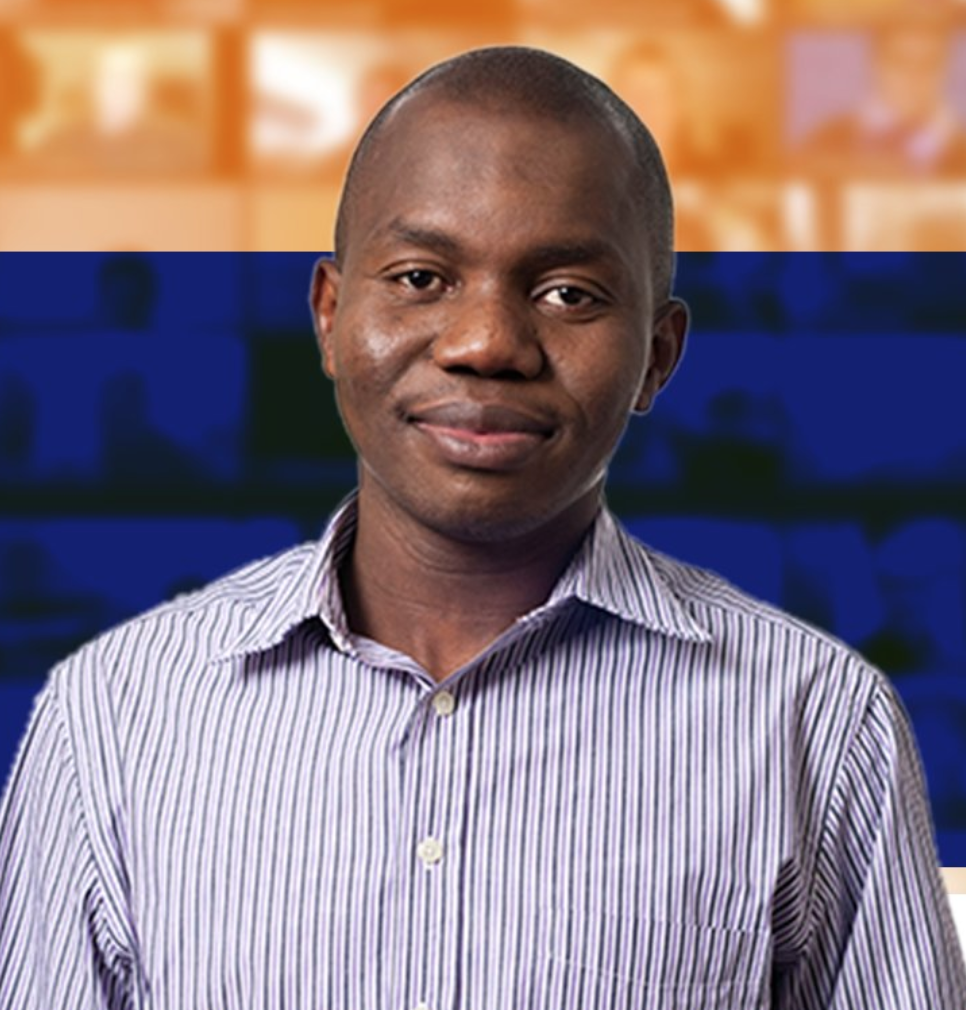
Ndubuisi Ekekwe is a Nigerian business person and He is the founder of First Atlantic Semiconductors & Microelectronics – West Africa’s leading embedded systems company. His working experience includes Analog Devices Corp where he co-designed a generation accelerometer for the iPhone and created the company’s first wafer-level chip scale package for inertial sensors.
Ekekwe is a US semiconductor industry veteran and has served on the United States National Science Foundation Engineering Research Center E&D Committee. He was honored by the World Economic Forum in 2013 as a Young Global Leader for his professional accomplishments and commitment to society. He has also been honored for Outstanding Leadership by the National Youth Council Of Nigeria.
Ekekwe is an Abia-born scientist who is attributed to having developed microchips used in minimally invasive surgical robots. The microchip, also known as a microcontroller, has facilitated the use and efficiency of robots for surgeries in the United States of America and other parts of the world.
5. Seyi Oyesola[Hospital in Box]

Babaseyi Oyesola popularly known as Dr Seyi Oyesola was a Nigerian doctor who grew up in Cleveland USA. He practiced for a short time before he left for the United Kingdom and The United States for specialized training in Anesthesiology and Critical care. In 2015 Dr. Seyi Oyesola returned to Nigeria but the states of the community and health centres disheartened him as people died from simple treatable and manageable illnesses such as Trauma, Burns, and heart attacks.
This led to innovation in improving the health sector in the country began, Dr. Seyi worked at the University of Lagos where he rose to lead a team of young doctors in anesthesiology. This wonder doctor created history when his medical Team performed the first successful kidney transplant at the facility in 2014. He has worked for more than 25 years on the special need in anesthesiology and critical care, bringing innovation, developing high-tech medical equipment and training to African hospitals as well as visiting rural hospitals.
One of his most outstanding contributions to medical practices was the co-creation of “hospital in a box” called CompactOR (Compact Operating Room) in 2007. The “hospital in a box” is a mini hospital run with solar energy or off-grid and completely mobile. Oyesola was inspired to invent the device due to the shortage of power in rural places across Africa and how it affects important activities in hospitals such as surgeries.
6. Kunle Olotoku[Multiprocessor chips to allow thread-level speculation] (TLS)
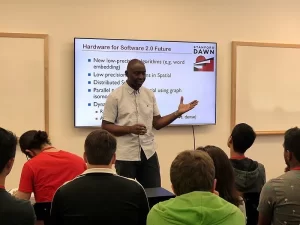
Kunle Olotokun is a Professor of Electrical Engineering and Computer Science but he is referred to as The ”Father of the multi-core processor. He is renowned for leading the Stanford Hydra research project which developed one of the first chip multiprocessors with support for thread-level speculation (TLS).
The British-Nigerian, who is the Director of the Stanford Pervasive Parallelism Lab, is also attributed to having made the following novel inventions: the first general-purpose multi-core CPU, innovating single-chip multiprocessor and multi-threaded processor design, and pioneering multicore Central Processing Units (CPUs) and Graphics Processing Units (GPUs), transactional memory technology and domain-specific languages programming models.
7 . Saheed Adepoju[ InYE Tablet]
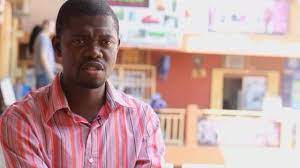
The INYE has some characteristics which includes:8-inch a capacitive touchscreen, 1 GHz processor, WiFi, 3G, Bluetooth, USB, micro USB, SD card slot (up to 32 GB), HDMI, 3G SIM card slot, Android operating system (OS), 5 hours battery life, 8 GB internal storage, etc.
8. Samuel Achilefu[CancerVision Google]
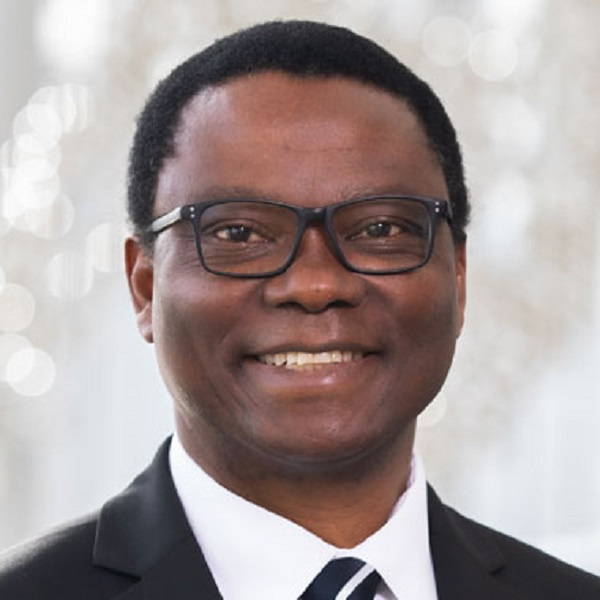
Samuel Achilefu is a Nigerian-born scientist and medical researcher who has pioneered both fundamental and applied research in science, engineering, and medicine. Dr. Samuel Achilefu is Professor and Chair of the Department of Biomedical Engineering at the University of Texas Southwestern Medical Center, where he holds the Lyda Hill Distinguished University Chair in Biomedical Engineering.
Achilefu is an expert in the development and use of light-sensitive drugs for cancer detection, imaging, and therapy. Recently, he conceived and led the development of a novel wearable cancer viewing goggles for the accurate removal of cancer cells during surgery. Achilefu formulated and led the development of wearable cancer-viewing goggles.
These goggles help to spot and aid in the accurate removal of cancer cells during surgery. Designed with the principle of optical imaging, the goggle ensures real-time visualization of intrinsic and exogenous contrast within biological tissues. It enables surgeons to distinguish malignant cells from healthy cells so that they leave no stray tumor cells behind during surgery.
9. Shehu Saleh Balami[First Solid Fuel Rocket]
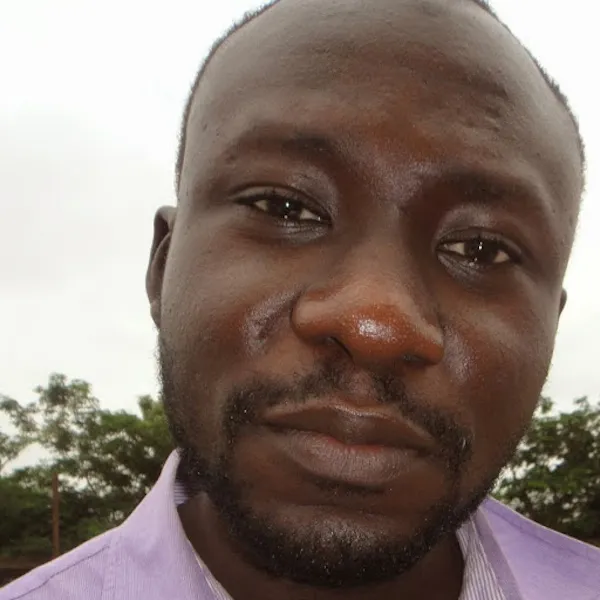
Shehu Saleh Balami invented a solid-fuel rocket in 2008, He graduated from The Federal University of Technology Minna, Niger state as a Mechanical Engineer..he thought of the idea of creating a brocket that could run on solid fuel and created it.
Balami produced two solid fuel rockets and launched his invention at the new Kaduna Millennium City Road in Kaduna State. The rockets were subsequently modified in 2011. His invention is the first of its kind globally.
10. Mohammed Bah Abbah[ Pot-in-pot Refrigerator]
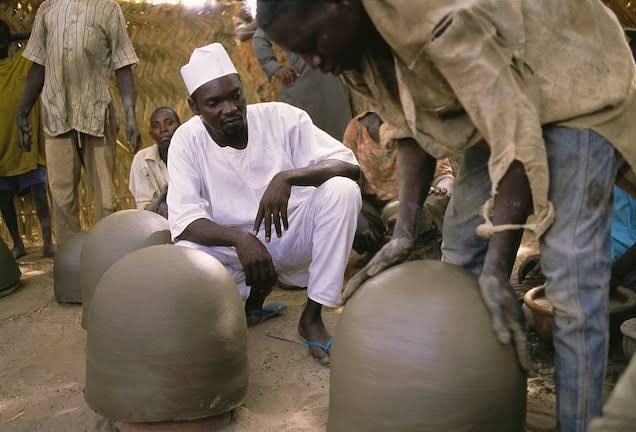
Mohammed Bah Abbah invented the pot-in-pot refrigerator – a refrigerating device that does not use electricity. Also known as zero, this device allows perishable food to extend its shelf life rate. For example, meat can be stored in this device for up to two weeks instead of a few hours.
Aside from these notable Nigerians, others recognized globally for their inventions include; Arthur Zang (Cardiopad), Olu Atanda (self-lubricating layer for a data-storage device and disk), Nkiru Nwankwo (Digital drum), Brino Gilbert (Counter Collision Gadget) and Aloysius Anaebonam who holds 12 US patents for inventing different devices among others.
In all these inventions, one notable thing to note is that Nigerian inventors have consistently demonstrated their ability to address pressing global challenges through creative thinking and innovation, and this cuts across different fields.
READ MORE ARTICLE ON RNN
